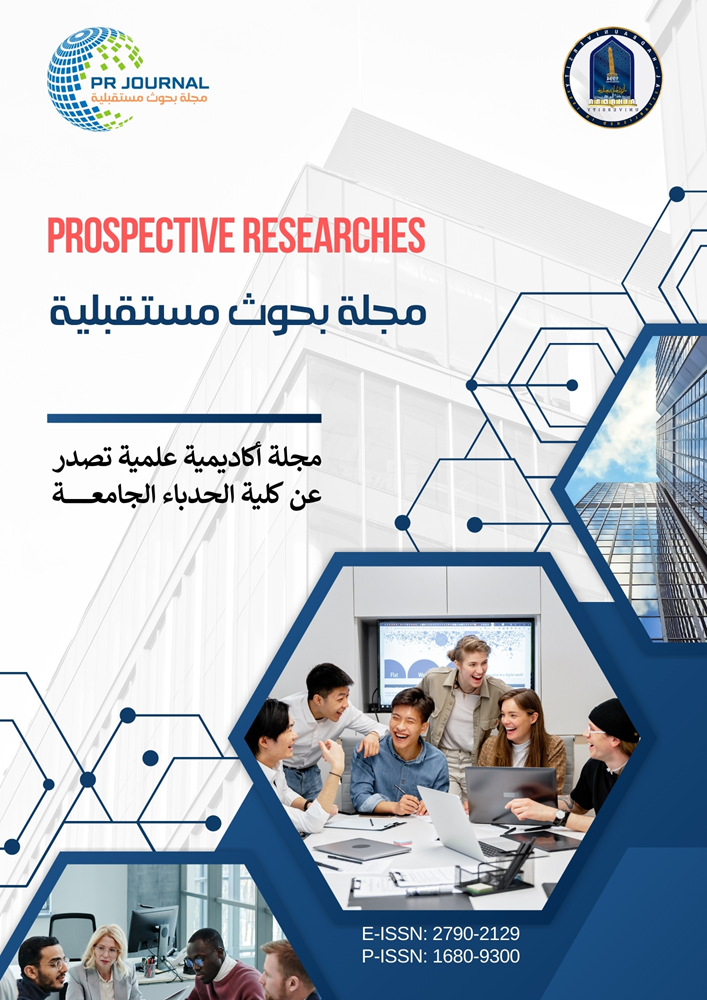اثر الانفتاح التجاري في تعزيز وتنمية القطاع المالي
البلدان العربية انموذجا
Keywords:
Trade Openness, Financial development, financial sector, Inflation, Economic growth, Balanced panel data methodology.Abstract
The aim of this research is to provide a clear holistic picture of
theoretical frameworks and empirical studies that have attempted to
analyze and explain the mechanism and channels of impact that high
levels of Trade Openness can enhance Promoting and Developing the
Financial Sector. In addition, building an objective Empirical model that
can clarify the nature, value, and direction of this effect. The
methodology of Pooled Regression Model (PRM), Fixed Effect Model
(FEM) and Random Effect Model (REM) based on Balanced Panel Data
were used for a group of Arab countries for the period (1990-2018). The
results revealed a positive effect of statistically significant Trade
Openness (TO) on the three financial development indicators represented
by the Bank Credit to the Private Sector as percent of GDP (BC), Liquid
Liabilities as percent of GDP (LL), and Bank Assets as percent of GDP
(BA), for a group Arab country during the study period. Reflecting an
additional support for theoretical frameworks and empirical studies for
the positive role that trade openness exercises in Aziz and the hope of the
financial sector in its current form, which pushes economic, financial and
political decision-makers towards the possibility of adopting and
formulating policies that support Trade Openness and stimulate its
diversity and expansion.
Downloads
Published
How to Cite
Issue
Section
License

This work is licensed under a Creative Commons Attribution-NonCommercial-NoDerivatives 4.0 International License.
Copyright © 2025 by the authors. This work is licensed under a Creative Commons Attribution-NonCommercial-NoDerivatives 4.0 International License (CC BY-NC-ND 4.0). You may not alter or transform this work in any way without permission from the authors. Non-commercial use, distribution, and copying are permitted, provided that appropriate credit is given to the authors and Al-Hadba University.







